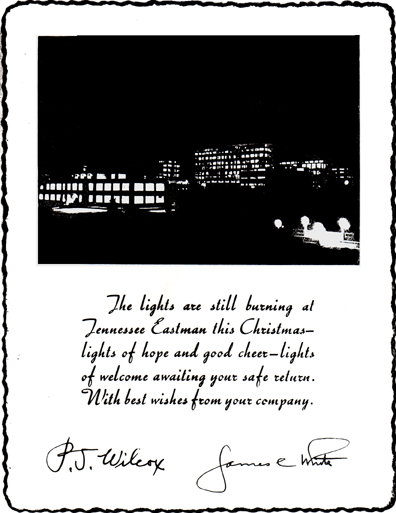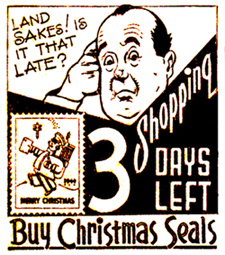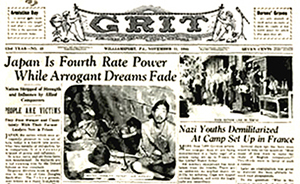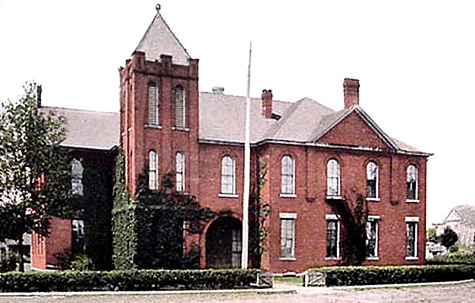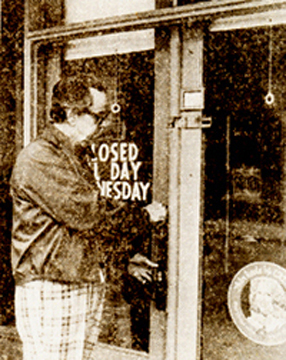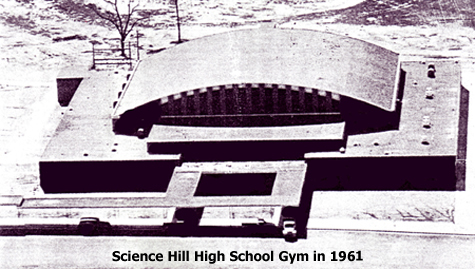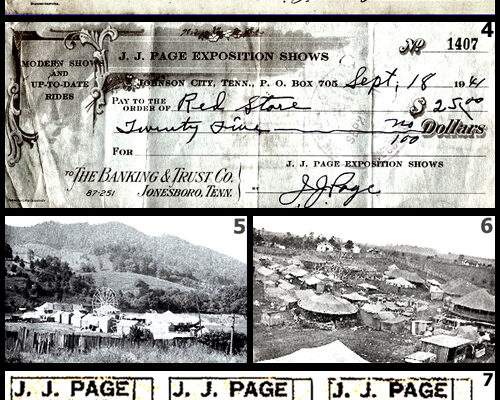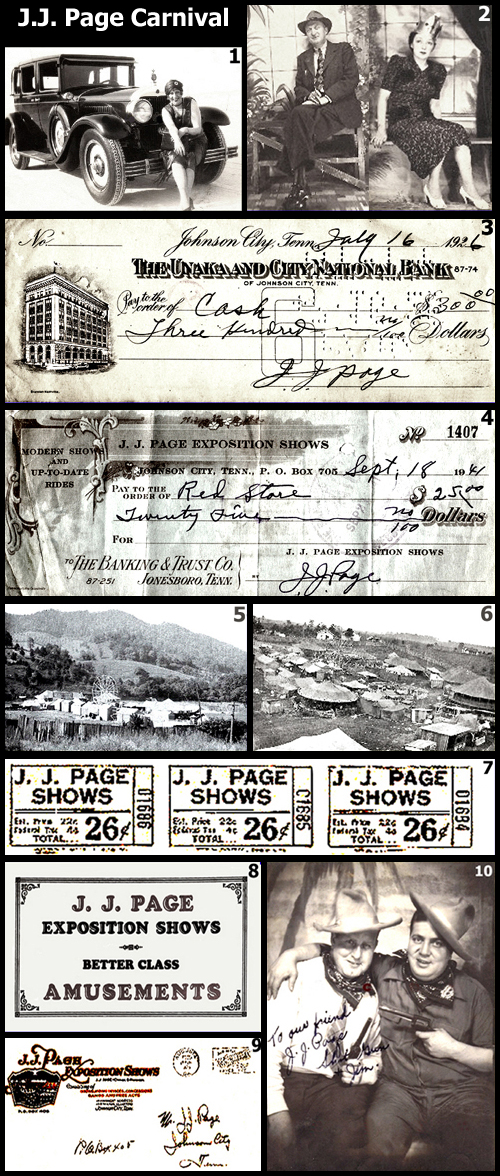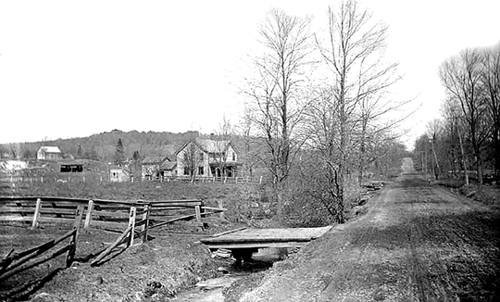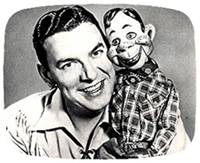The discovery of an old scrapbook of newspaper clippings is always an exciting find and often contributes to an enhanced understanding of history. Such was the case in late October 1938 when Mrs. Kate Keys of 407 Highland Avenue found two pages from a scrapbook dating back to 1888, just 10 days before the national elections. The specifics of the find were not specified.
The unidentified material, which most likely came from The Comet, described the upcoming November 2 presidential election between Democrat Grover Cleveland and his Republican challenger Benjamin Harrison. Of particular note was a reference to Washington County residents and brothers Bob and Alf Taylor who, just two years prior, ran against each other in the now famous “War of the Roses” campaign for governor of Tennessee. After the votes were counted, Bob had prevailed.
Harrison became president in 1889 by receiving a majority of electoral votes, although Cleveland had a plurality in the popular column. Cleveland turned the tables later and went into office for his second term. For governor, the Republicans ran S.W. Hawkins of Carroll County; for Congress, A.A. “Alf” Taylor of Washington County; for senator, James A. West, also of Washington County; and for floater, C.C. Collins of Carter County. The Democrats chose Robert L. (“Fighting Bob”) Taylor of Washington County.
Not all of the find was political fare. At the top of one of the pages is a picture in red of the American flag with a caption written in faded brown ink: “The flag of our own happy country.” A poem in praise of the flag by William H. Burleigh occupies the upper left corner, while another gem of poetry, “The Drunkard’s Daughter” by Rev. W.Q.A. Graham, takes the right-hand side.
The other side of the sheet contains more faded brown writing that proclaims: “For conduct good and lessons learned, your teacher can commend.” There is also a poem clipped from a publication called “The Methodist,” titled “The Resurrection and the Life” and written by Sereno Edwards Todd.
A death note, probably taken from the same publication, was written in a strikingly dissimilar style to that used nowadays. It ran, in part: “Died of flux (diarrhea) at her home near Loy’s X Roads, Union County Tenn., July 11, 1884, in the 27th year of her age. She was naturally of a cheerful and affectionate disposition. For the last six or seven years, she was altimes a great sufferer. Literally she passed through the furnace of affliction. We trust these dispensations consumed the dross and refined all the gold of her nature. We have not learned as to her spiritual comforts in the last hours. Only know that she has passed to the Spirit Land.”
The final clipping was an amusing four-stanza poem by a David W. Wright explaining why he was slow paying his subscription to the newspaper. The first and fourth stanzas read: “Send on your paper, printer; Don’t strike my name off yet. You know the times are stringent, And money hard to get. But I must have the paper, Cost what it may to me. I’d rather dock my sugar, And do without my tea.”
Thanks to Mrs. Kate Keys, her sharing of two pages of nineteenth century history almost 70 years ago allows us a brief yet interesting peek into a piece of Johnson City’s storied past.

